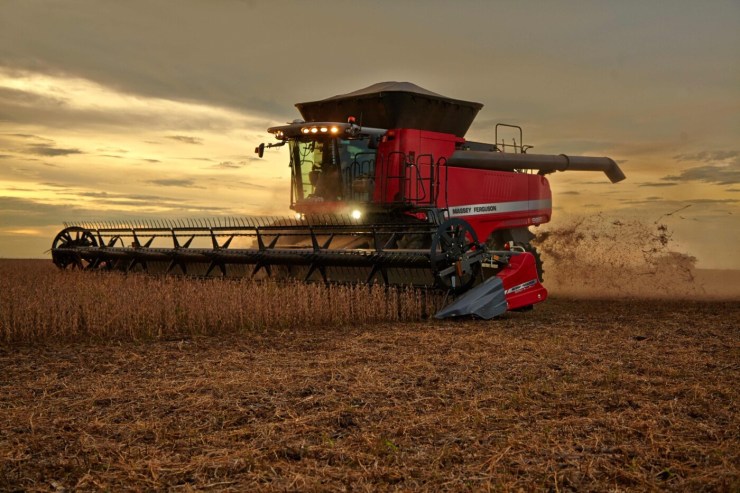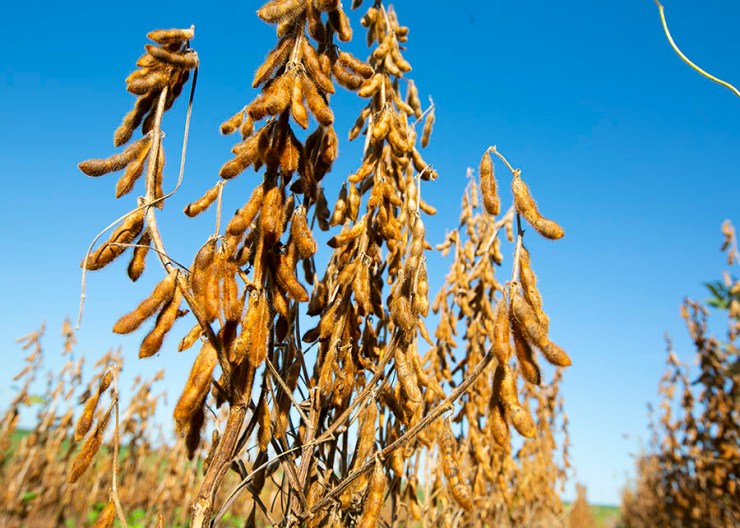The GDP of the soybean and biodiesel chain could grow by almost 11% in 2025, according to studies conducted by the Center for Advanced Studies in Applied Economics (Cepea), at Esalq/USP, in partnership with the Brazilian Association of Vegetable Oil Industries (Abiove). Therefore, the GDP of the soybean and biodiesel chain could represent, this year, 21.7% of the agribusiness GDP and a significant 6.4% of the national GDP.
According to researchers at Cepea/Abiove, the strong growth in the supply chain's GDP is linked to Brazil's record harvest (which could total 169.7 million tons, according to Abiove) and the increase in oilseed processing. We are facing a favorable scenario for soybean processing, with record performance expected. This movement follows the increase in the mandatory biodiesel blend, which now includes B14 and B15 in 2024. Consistent demand for oil has also contributed to maintaining industrial activity at high levels.

At the farm level, significant GDP growth of 24,11% is expected, and agribusiness is expected to see a 3,21% increase. Reflecting this excellent upstream performance, with the large grain production and expectations of expanded processing, a Cepea/Abiove survey shows that agriservices GDP is also growing strongly: 8,24%. The inputs segment saw the most modest increase, at 3,17%.
As for prices, they fell throughout the first quarter of 2025, but were still above those observed in the same period of 2024. Researchers from Cepea/Abiove highlight that, given the expansion of production and the increase in prices, the income from the soybean and biodiesel chain should grow after three years of decline – the current estimate indicates an increase of 18.24%.
In this context, based on information collected up to the first quarter of 2025, it is estimated that the GDP generated per ton of soybeans produced and processed could represent 4.4 times the GDP generated by soybeans produced and exported directly.
Job market
In the first quarter of 2025, the soybean and biodiesel production chain recorded a 7,46% increase in the number of employed people compared to the same period last year, totaling 2.44 million workers. The production chain's share in the Brazilian economy (2,38%) and in agribusiness (10,40%) grew compared to 2024.
According to researchers at Cepea/Abiove, due to the increase in soybean acreage and the growing use of technology, the inputs segment saw an increase of 5,971 employees. Within the farm gate, there was an increase of 23,031 employees, in line with the expansion of soybean acreage and production. Agribusiness services saw an increase of 142,548 employees, responding to the increase in soybean production and processing, which generates demand in this segment. The exception was agribusiness, which, influenced by the decline in the crushing and refining subsegment, saw a reduction of 2,211 employees.
Foreign trade

Soybean and biodiesel exports totaled 27.91 million tons in the first quarter of 2025, an increase of 1,151 TP4T compared to the same period last year. Export value fell 11,461 TP4T, totaling US$1 TP5T 11 billion in the first three months of this year. Researchers at Cepea/Abiove indicate that the decline in value is due to lower export prices, which primarily reflects the prospect of a record global harvest in 2024/25.
China remains a prominent destination for Brazilian soybean exports. The volume exported to the Asian country in the first quarter of this year grew 6.71 TP4T compared to the same period last year.
For soybean meal, the European Union and Southeast Asia were important destinations, driving the increase in shipped volumes. For oil, India is the main market, receiving 67.74% of the total oil exported by Brazil in the first quarter of 2025.




